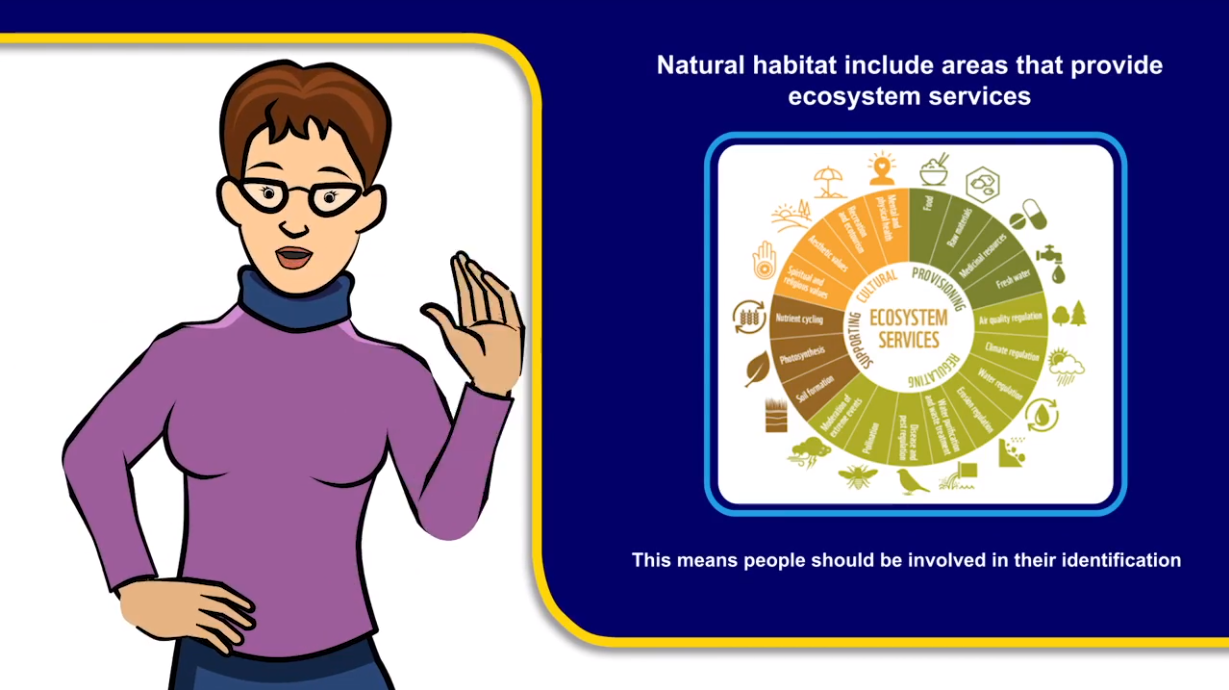Latin America and the Caribbean (LAC) has the most biodiverse habitat in the world, the Amazon rainforest. In addition, this region is the most humid in the world, contains the most extensive wetlands on the planet and has more than 30% of the world’s drinking water reserves. Over 10% of its land surface is protected (211 million hectares).
Unfortunately, this region suffers from an increasing pressure on biodiversity due to poor development management, including unsustainable use of natural resources, pollution, degradation and change of land use.
Given this situation, is it possible to adequately manage impacts of development projects on biodiversity and promote its conservation? How? The Inter-American Development Bank (IDB) has developed short videos in response to these questions. These videos explain in an entertaining and didactic way, but with a high level of detail, how to integrate biodiversity in studies prior to development projects. The videos present online tools for the identification of threats and explain how to apply the mitigation hierarchy when managing impacts.
[youtube https://www.youtube.com/watch?v=r7a6ssgfud4]
In these videos we introduce you to the concept of biodiversity and explain how to include it properly in an environmental impact assessment. You will learn to differentiate technical concepts such as natural habitat and critical natural habitat, or conversion and degradation and apply them in comprehensive impact assessments and action plans for biodiversity. By viewing these videos, you will acquire online tools and resources that will provide you with additional information about projects at risk for biodiversity before your first field visit, allowing you to save time and resources.
One of the aspects highlighted in the videos is the issue of invasive species, which represent one of the main pressures on biodiversity in the region. These are species alien to a certain ecosystem and whose introduction can cause economic or environmental damage, or harm to human health. Although the concept itself seems simple, many times it is not, due to the wide extension and long presence of these species in almost every corner of the planet. Many autochthonous species are disappearing, victims of those that compete for their food or same habitat requirements. Through practical examples, the videos explain how to identify these species, how to recover an ecosystem that has been degraded by its introduction and how to control its presence in the future.
[youtube https://www.youtube.com/watch?v=0k4z6h2B6C0]
For more information on the management of biodiversity in development projects, we invite you to visit the online courses page offered by the IDB. There, you will find the course Biodiversity in Environmental Impact Assessments, which will help you to improve your knowledge about the incorporation of biodiversity in the EIA process. This course is offered three times a year (spring, summer and fall), and in three IDB languages: Spanish, English and Portuguese.
The IDB also offers a course on EIA Review, which offers a practical orientation of the review and evaluation of environmental and social assessments of development projects, as well as a course on meaningful stakeholder engagement. This course will help you acquire an overview of the principles and content of a good consultation process, with general guidelines to adapt the process to each case.


Leave a Reply